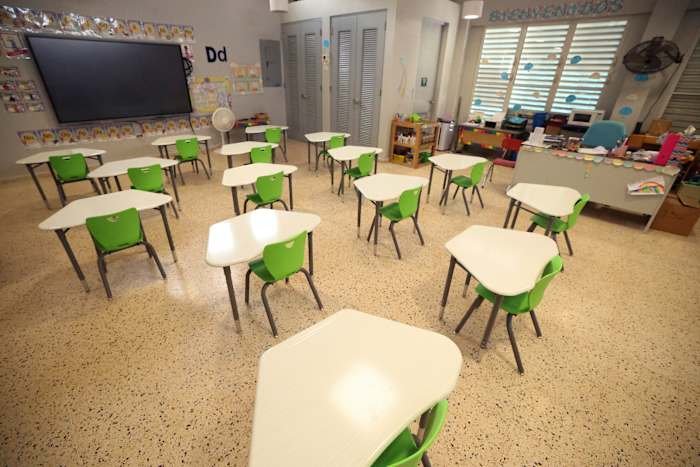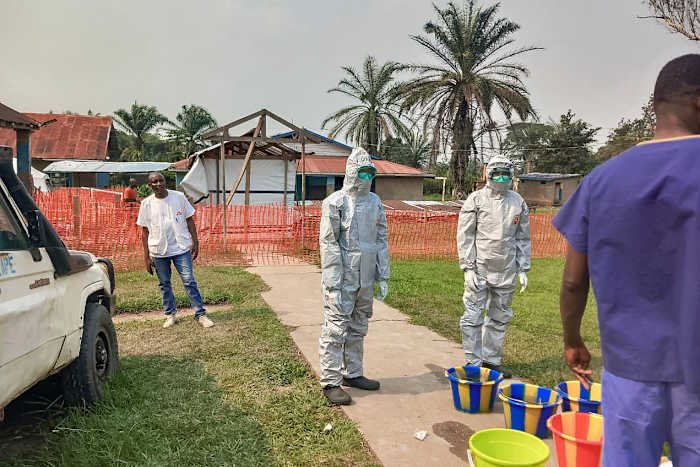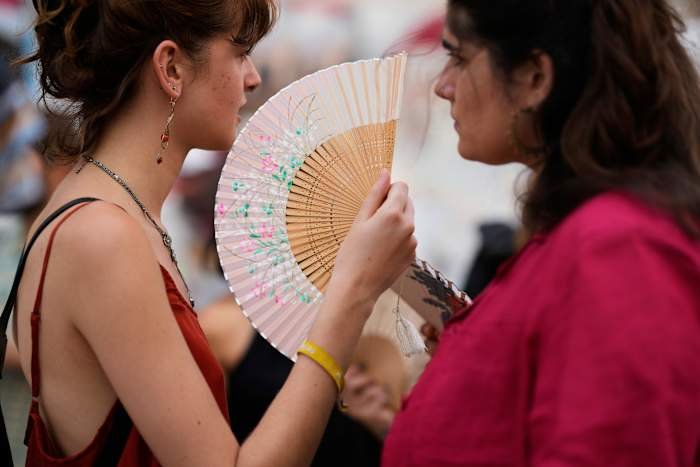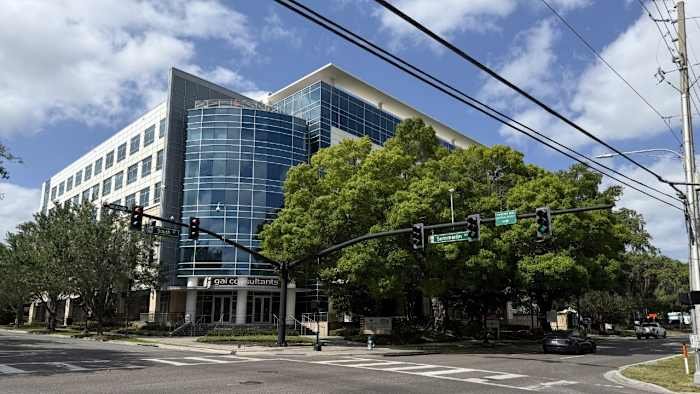Extreme heat is becoming an escalating crisis in schools across Puerto Rico, where students and teachers are frequently forced to endure sweltering conditions that harm their health and disrupt their education. As climate change drives temperatures higher, this issue is no longer limited to the Caribbean—communities in Florida, including Orlando, are beginning to see similar challenges. Understanding the situation in Puerto Rico can help Orlando prepare for a hotter future and ensure our schools remain safe and productive places for learning.
The Scorching Reality in Puerto Rico’s Classrooms
In recent years, Puerto Rico has experienced a surge in heat waves, with record-breaking temperatures becoming more common. Unfortunately, many of the island’s schools lack adequate resources to cope. Air conditioning is rare, especially in older public school buildings, and windows often provide little relief from the stifling heat. As a result, classrooms can become unbearably hot, sometimes reaching temperatures of 90°F (32°C) or higher during the school day.
Teachers and students alike suffer in these conditions. Reports from educators describe children struggling to concentrate, falling ill with symptoms of heat exhaustion, and even fainting during lessons. Teachers, too, report headaches, dizziness, and fatigue. The learning environment is significantly compromised, leading to lower academic performance and greater absenteeism.
Health Risks for Students and Teachers
Heat-related illnesses are a growing concern in Puerto Rico’s schools. Children are particularly vulnerable to the effects of extreme heat, as their bodies are less able to regulate temperature. Common symptoms include dehydration, headaches, nausea, dizziness, and heat rash. In severe cases, students have been hospitalized for heat stroke.
Teachers face similar risks, and the stress of teaching in such conditions can exacerbate existing health problems. The situation is especially dire for students and staff with underlying health conditions, such as asthma or heart problems, which can be aggravated by high temperatures and poor air circulation.
This public health challenge extends beyond the classroom. Parents worry about the long-term effects of chronic heat exposure, and some have pulled their children from school on particularly hot days, further disrupting their education.
Impacts on Education and Learning
Extreme heat doesn’t just make people uncomfortable—it directly affects learning outcomes. Studies show that heat impairs cognitive function, making it harder for students to focus, solve problems, and retain information. In Puerto Rico, teachers report having to cut lessons short or cancel physical activities to protect students from the heat.
Chronic absenteeism increases as more students fall ill or stay home on hot days. Standardized test scores and overall academic performance decline, contributing to existing educational inequities. Teachers, too, find it challenging to maintain their energy and enthusiasm, impacting the overall quality of instruction.
Ultimately, the combination of physical discomfort, health risks, and disrupted routines leads to a less effective educational experience for everyone involved.
Why Orlando Should Take Notice
While Puerto Rico may seem distant, its struggle with extreme heat in schools is a warning for Orlando and other parts of Florida. Orlando’s climate is already hot and humid, and climate change forecasts predict even more frequent and intense heat waves in the coming years. Many of Orlando’s schools, especially older buildings or portable classrooms, also lack adequate cooling systems.
Recent years have seen Orlando schools grappling with air conditioning failures and heat advisories. As temperatures rise, local students and teachers could face challenges similar to those in Puerto Rico—unless proactive steps are taken. This includes investing in modern HVAC systems, improving building insulation, and implementing heat safety protocols for outdoor activities.
There’s also an opportunity for Orlando to learn from Puerto Rico’s experience by advocating for heat resilience in school infrastructure and ensuring that funding is available to protect students’ health and education. The wellbeing of Orlando’s children and educators should be a top priority as our climate continues to change.
Steps Toward Safer, Cooler Schools
Solving the heat crisis in Puerto Rico—and preventing it in Orlando—will require a multi-faceted approach. Some potential solutions include:
- Upgrading infrastructure: Retrofitting schools with modern air conditioning, energy-efficient windows, and better insulation is vital.
- Emergency protocols: Schools should have clear plans for responding to extreme heat, including early dismissal, hydration stations, and shaded outdoor spaces.
- Community engagement: Parents, teachers, and students should be involved in identifying needs and advocating for resources.
- Policy changes: Local and state governments can provide funding and set standards for heat safety in schools.
In Orlando, some schools have already begun upgrading their cooling systems, but more work remains. By looking to Puerto Rico’s experience, Orlando can take action before heat waves become a full-blown crisis for our own students and teachers.
Conclusion: Join the Conversation
As we see in Puerto Rico, the threat of extreme heat in schools is real and growing. Orlando can learn important lessons and take action now to protect our children’s health and education. Have you or your family experienced heat-related issues in Orlando schools? What solutions do you think would work best for our community? Share your thoughts and experiences in the comments below—we want to hear your voice!
















